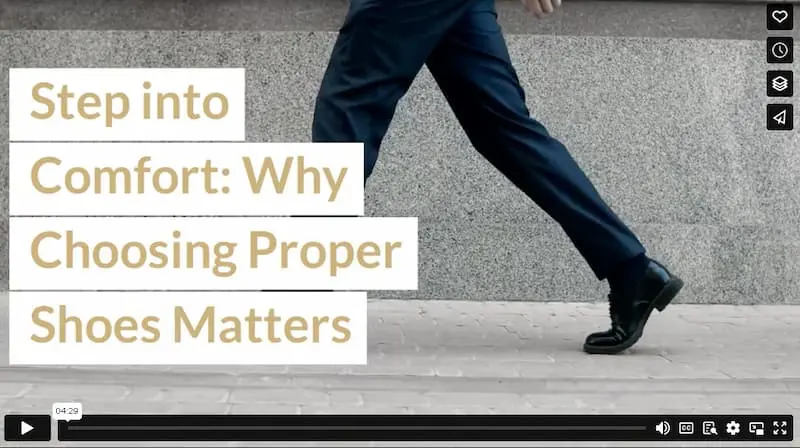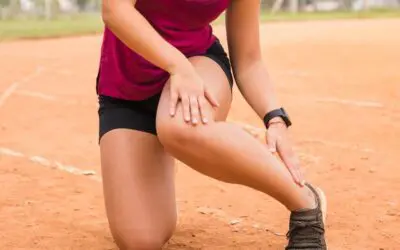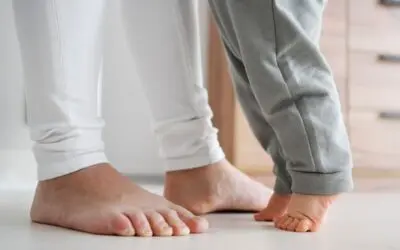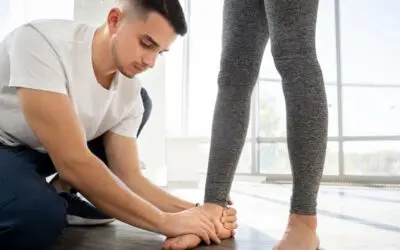Have you ever wondered what it would really be like to walk a mile in someone else’s shoes? Well, if they didn’t choose good ones, you might experience some serious foot pain not too far into your trek. The age-old idiom isn’t just about understanding someone’s experience—it also highlights the importance of smart footwear choices.
Your feet are your foundation, so it’s essential that you treat them right. Without being firmly grounded, you could find yourself fatigued and frustrated. Footwear that supports your feet can prevent issues like joint pain and gait problems, promoting better overall health, mobility, and comfort.
That’s why finding the right pair of shoes is essential for keeping your feet—and the rest of your body—happy and healthy.
Stability
When we say “stability,” we’re talking about the features in shoes that help control excessive foot movement, especially during activities like walking or running.
Shoes will often include a firmer midsole that provides structure to the arch and heel of the foot. This keeps your foot properly aligned as you move.
Shoes with good stability features help reduce pain from overpronation—that’s when your foot rolls inward too much during movement. Overpronation can lead to discomfort or even injuries in the feet, ankles, or other parts of the body.
Stability in shoes counteracts overpronation by giving your foot the support it needs to stay in a neutral position.
Cushioning
Cushioning is the soft material built into the sole of shoes, designed to protect feet from impact with the ground. Shoes with sufficient cushioning give feet the rest they need to stay comfy. Cushioning absorbs shock, reducing stress on heels, arches, and joints, particularly if you’re doing high-impact activities.
That cushioning also reduces your risk of sustaining injuries like tendonitis or plantar fasciitis by helping to distribute pressure more evenly across the foot. Cushioning can help with plantar fasciitis treatment.
Cushioning can even give you a little extra spring to your step, letting you use that energy elsewhere. You’ll need to pick your level of cushioning based on your preferences and activities, but overall, it’s key for protecting your feet and giving you long-term comfort.
Protection
Imagine all the cuts, scrapes, and injuries you could sustain from walking around barefoot all day. The rocks, glass, and hot pavement can do some serious damage. Shoes are necessary to save your feet from conditions like burns and stubbed toes.
You can also get shoes that protect your feet for different activities. Think steel-toed boots, waders, or rubber shoes. These can save you from punctures, critters, or chemicals.
You know what they say—dress for your day—so choose shoes that will protect your feet according to your unique needs and lifestyle.
Support
Shoes with proper support evenly distribute your body weight throughout your legs and across your feet, helping prevent sprains and fractures. Support is essential for minimizing foot pain, especially during long periods of standing or walking.
And yes, curating even a small collection of footwear where each pair gives you that much-needed support can be a pain in the foot—pun intended—but it’s important to alternate your shoes to switch up the weight distribution. Your feet will thank you for the variety.
Comfort
Let’s talk about how your shoes should fit. No one wants pinched toes, but your shoes shouldn’t be falling off your feet either. Remember when you were a kid at the shoe store, and your mom pressed on your toes to check how the shoes fit? That’s because good footwear fits snugly but not tight.
Shoes that fit well have fewer pressure points, reducing stress on any particular area. Fewer pressure points mean no pinching or tight spots, lessening discomfort and risk of foot pain or injury.
Footwear that doesn’t fit well creates more friction between your foot and the shoe, increasing your chance of developing painful blisters. And shoes that are too tight in the toe box area can press your toes together and lead to ingrown toenails.
But shoes with a Goldilocks fit—not too loose, not too tight—are crucial for comfort and foot health.
You can avoid unnecessary foot pain by opting for shoes other than high heels and flip-flops. Flip flops offer you little support and can lead to arch pain. And frequently wearing high heels puts you at risk of ankle sprains and puts excessive pressure on the balls of your feet. That weight imbalance can even lead to a stress fracture on the heel of the foot over time.
If you’re experiencing pain or other foot problems, search for a “podiatrist near me” to consult with an expert. They can recommend treatment and offer lifestyle advice to lessen foot pain. Consider asking a podiatrist about the footwear they recommend and insoles to help with your specific issue. A great podiatrist will tell you just what to do to feel like you’re walking on air every day.
Video
Infographic
Supportive footwear helps prevent joint pain and gait problems, promoting overall health and comfort. Finding the right shoes is essential for keeping your feet and body happy. Learn more in this infographic.





